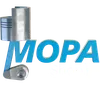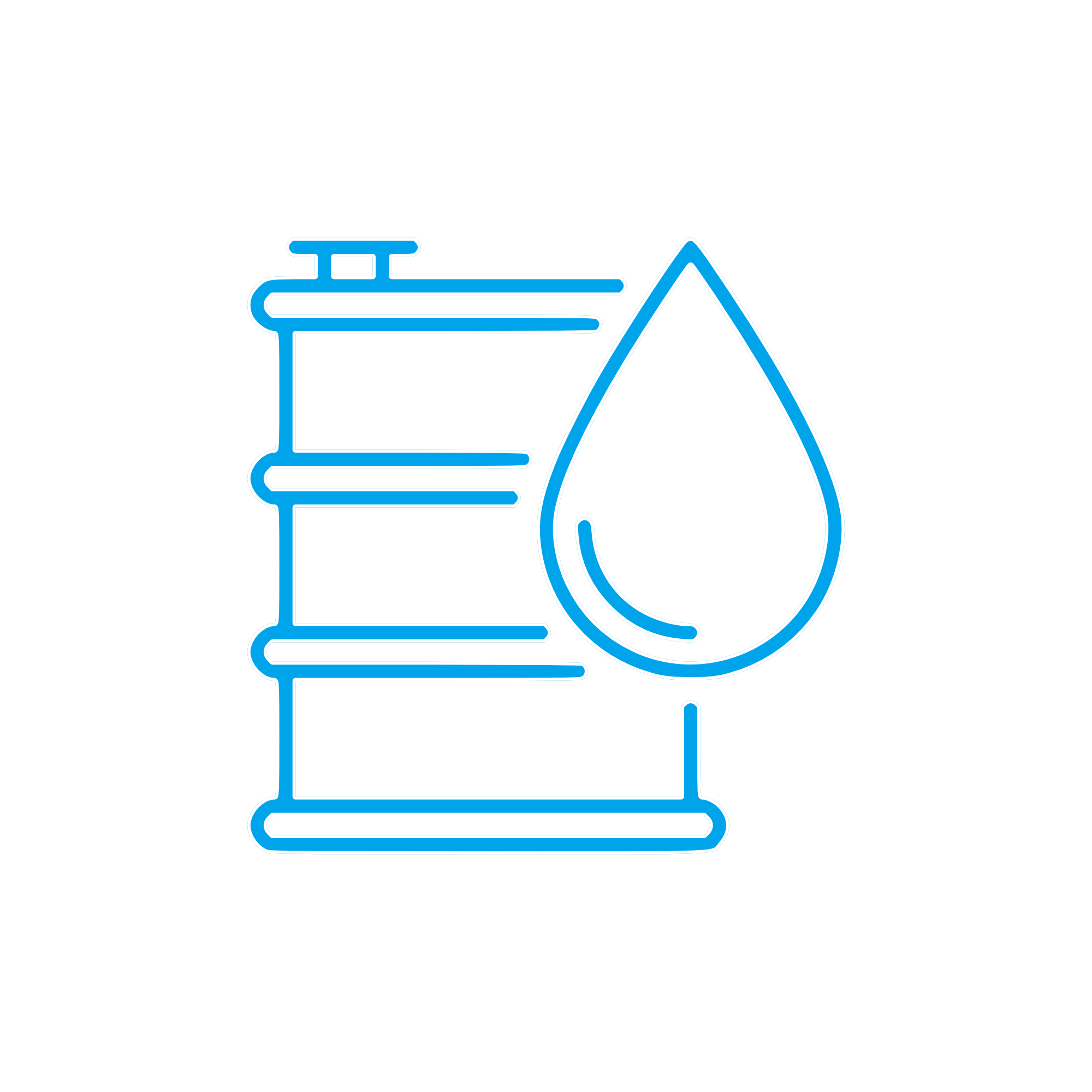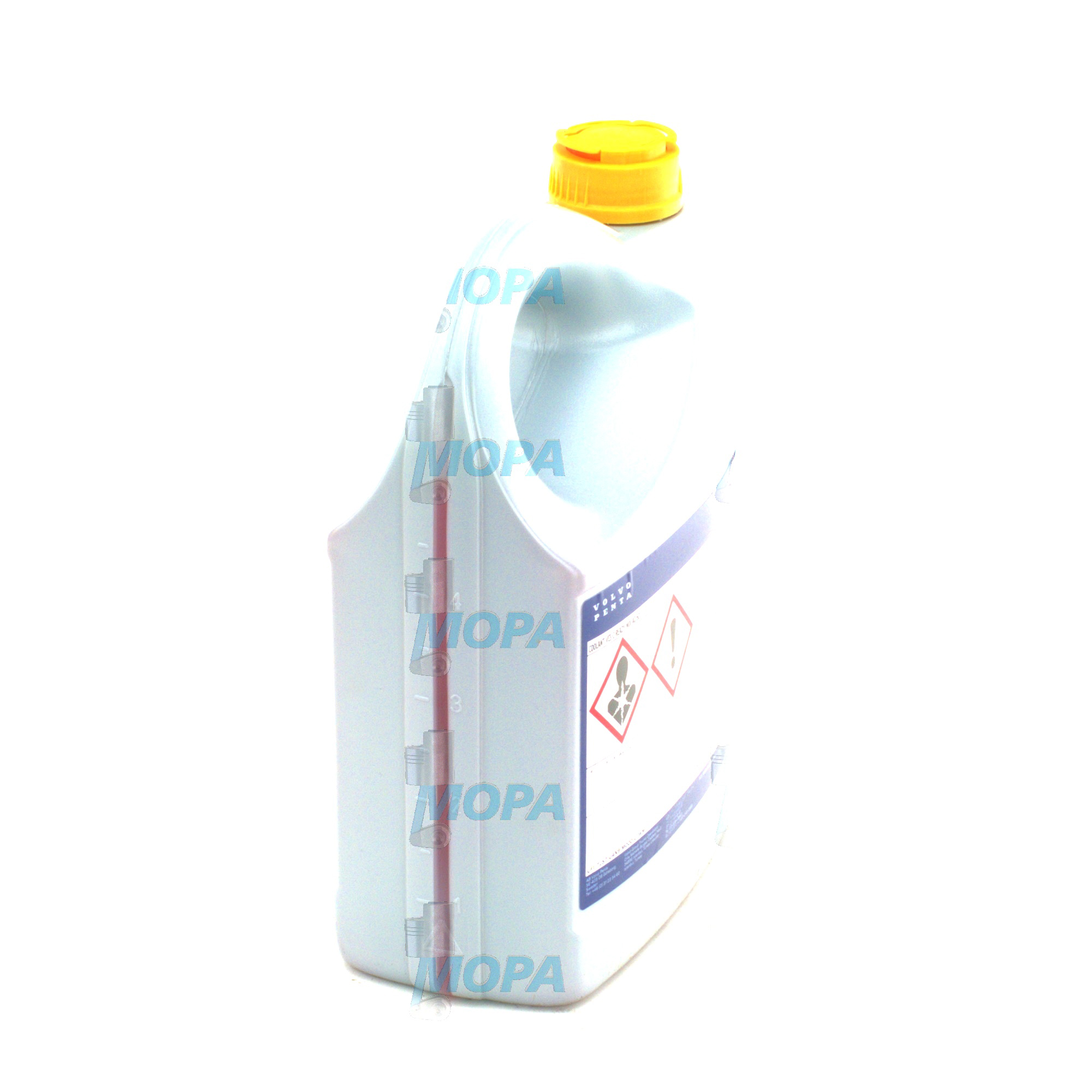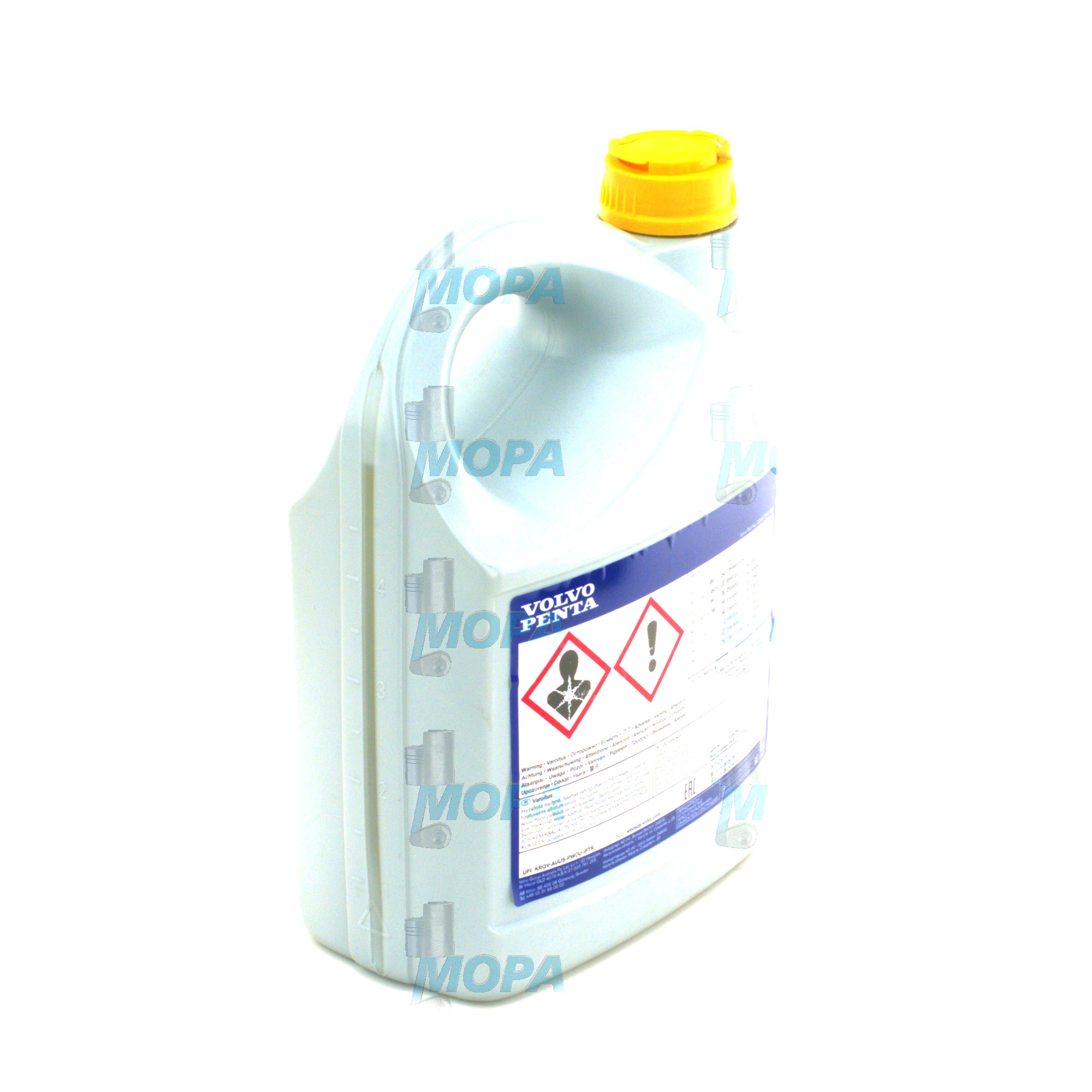COOLANT liquids, chemicals and adhesives for professional engine maintenance
Liquids, chemicals and adhesives form a critical product group for the operation and upkeep of propulsion and power-generation systems. They include COOLANT, lubricants, corrosion inhibitors, flushing agents, sealants, and structural adhesives—each tailored to protect components, stabilize operating conditions, and extend service life. In marine engine rooms and land-based diesel engine installations, these materials ensure efficient heat exchange, leak-free assemblies, and reliable sealing under vibration, temperature cycling, and high mechanical load. Choosing the right formulations and maintaining them within specification directly influences uptime, safety, and the total cost of ownership.
Technical function of COOLANT within liquids, chemicals and adhesives
In every diesel engine or gas engine, COOLANT is the primary thermal management medium. Pumped through water jackets, cylinder heads, turbocharger coolers, charge-air coolers, and heat exchangers, COOLANT absorbs combustion heat and discharges it via a radiator or a plate heat exchanger to seawater or ambient air. Its composition—typically a glycol/water blend with tailored inhibitor packages—controls freezing and boiling points, stabilizes pH, and prevents scale and corrosion on aluminum, copper alloys, cast iron, and steel surfaces. In a marine engine, COOLANT must also mitigate liner pitting from cavitation by forming a protective microfilm; this is often achieved with nitrite, molybdate, or organic acid technology (OAT/HOAT) additive systems.
Flow control components such as thermostats, expansion tank caps, pumps, and valves interact with COOLANT to maintain the designed temperature window. Correct pressure elevates the boiling point, while precise thermostat actuation ensures rapid warm-up and stable operating temperature—key for fuel efficiency and emissions performance. Chemical compatibility also matters beyond the fluid itself: adhesives and sealants used on housings, flanges, and sensor ports must resist glycol, inhibitors, and heat, ensuring long-term sealing and preventing dilution or contamination of the COOLANT circuit.
Routine analysis—monitoring inhibitor reserve, pH, and glycol concentration—keeps COOLANT performance within the engine maker’s requirements. When needed, flushing chemicals remove scale, solder bloom, and biofilm to restore heat-transfer efficiency. In short, the liquids, chemicals and adhesives category functions as an integrated system in which the COOLANT is the heat-transfer backbone and the associated chemicals and bonding agents protect every interface it touches.
· Stable heat transfer across variable loads and ambient conditions.
· Cavitation and corrosion protection for wet liners and heat exchangers.
· Reliable sealing with adhesives and sealants resistant to glycol and heat.
· Material compatibility with elastomers, aluminum, copper, and cast iron.
· Controlled pH and inhibitor life for predictable maintenance intervals.
· Effective cleaning agents to remove scale and restore efficiency.
· Lower fuel consumption via consistent operating temperature.
· Reduced downtime thanks to spec-compliant fluids and compounds.
Importance of COOLANT and related chemicals for engine operation
For both marine engine and stationary diesel engine platforms, the cooling circuit underpins reliability. If COOLANT degrades, several risks escalate: overheating leading to cylinder head distortion, oil film breakdown, and piston scuffing; cavitation that pits wet-liner walls and can cause coolant ingress into the combustion chamber; corrosion that clogs narrow passages in charge-air coolers and erodes pump impellers; and scale that insulates heat-transfer surfaces, increasing thermal stress. Depleted inhibitors allow acidification, which accelerates gasket attack and can compromise adhesives used at flanges and housings. Even minor leaks—often tied to incompatible sealants or aged hoses—introduce air, aggravating cavitation and oxidation. Maintaining the integrity of liquids, chemicals and adhesives therefore preserves engine output, keeps emissions stable, and avoids cascading failures that drive unplanned outages.
Advantages of OEM spare parts suitable for COOLANT, liquids, chemicals and adhesives
Selecting OEM spare parts that interface with COOLANT and the broader liquids, chemicals and adhesives category delivers measurable benefits. COOLANT OEM parts such as thermostats, pressure caps, water pumps, heat-exchanger elements, sensors, and dosing cartridges for inhibitor systems are engineered to the correct clearances, impeller geometry, spring rates, and materials. This ensures the intended flow, pressure, and temperature control, protecting the chemical balance of the circuit. Likewise, OEM-approved sealants, bonding agents, and gaskets are validated for glycol resistance, curing behavior, and long-term adhesion under thermal cycling, preventing microleaks that would degrade COOLANT quality.
From a budget and lifecycle perspective, the right OEM parts help maintain efficiency (lower fuel burn through optimized temperature), minimize rework (first-time-right installations), and reduce collateral wear (preventing cavitation damage and bearing stress from chronic overheating). Traceability and consistent manufacturing control support safe operation in classed vessels and mission-critical generator sets, while minimizing the risk of compatibility issues between COOLANT additive packages and elastomers or metals in pumps, housings, and sensors.
How COOLANT OEM parts protect performance and service life
By maintaining designed heat-rejection capacity, COOLANT OEM parts keep thermal margins intact during peak loads and high ambient temperatures. Correctly matched adhesives and sealants prevent dilution and maintain system pressure, sustaining inhibitor effectiveness over the service interval. The result is fewer shutdowns, predictable maintenance planning, and extended component life across the engine and ancillary equipment.
MOPA as your partner for COOLANT and OEM parts
MOPA supplies OEM spare parts suitable for liquids, chemicals and adhesives with a strong focus on COOLANT-related components for diesel and gas engines. Customers rely on our speed of delivery, consistent quality, and transaction security—from inquiry to shipment. Our portfolio covers cooling circuit parts, validated sealants and adhesives for coolant-facing joints, sensors, and consumable chemicals aligned with engine specifications. With proven sourcing processes and documentation, MOPA helps shipowners, yards, and power plant operators keep fleets and generator sets running at target efficiency with minimal downtime.
Whether you need COOLANT components for a marine engine overhaul or a diesel engine maintenance kit for a power plant, our team supports application matching, cross-references, and logistics to get the right OEM parts on site quickly and reliably.
Conclusion: COOLANT-focused liquids, chemicals and adhesives done right
Liquids, chemicals and adhesives—anchored by a correctly specified COOLANT—are fundamental to engine performance, efficiency, and safety. Using OEM spare parts suitable for this category safeguards thermal control, sealing integrity, and long service life while optimizing maintenance budgets.




